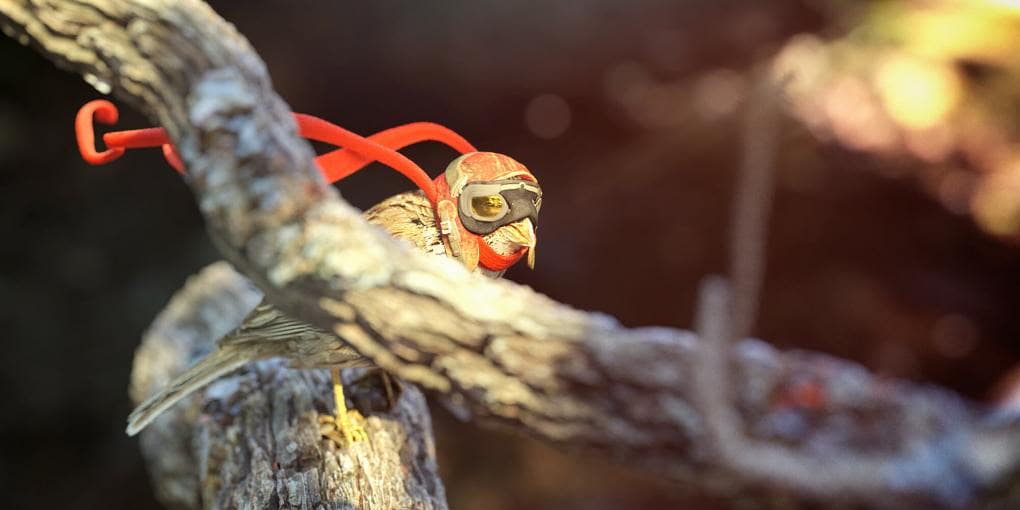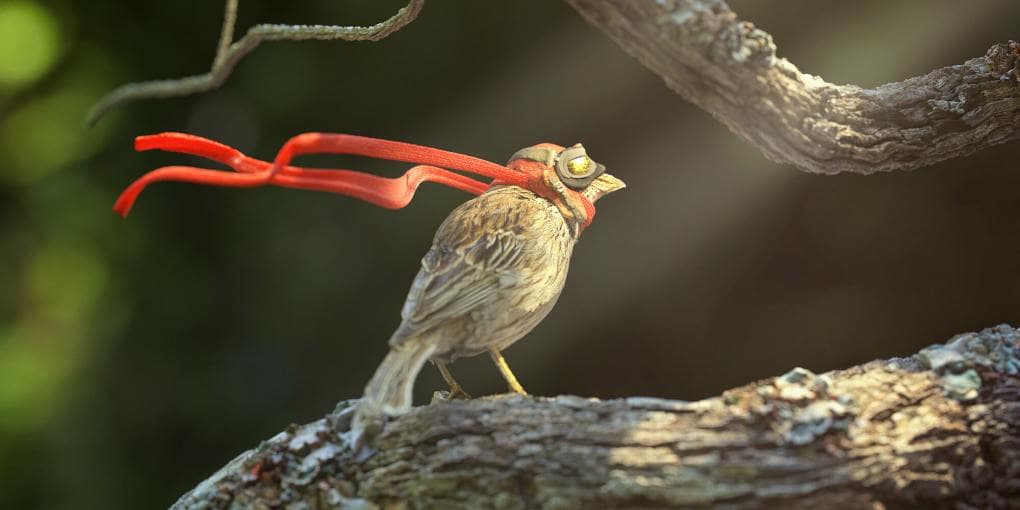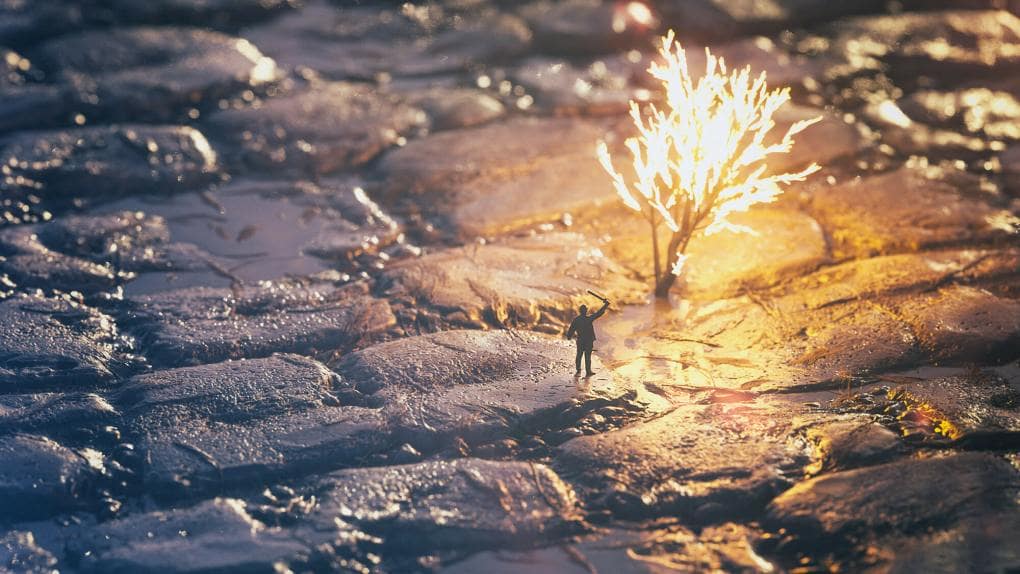There’s a lot to love about, “Woodstock”: the crispness of the bark textures, the dynamic motion of the scarf, and the project’s playful Peanuts theme. We reached out to Nordeus lead game artist, Nikola Damjanov, to learn about how his artwork came to be.
Nikola Damjanov hesitates to claim the title of “artist.” As a generalist, he identifies as a digital creator, completely disregarding the notion of specialization industry artists are known to strive for. (Our interview with Pierre Afoumado included a recommendation to specialize, it’s not an uncommon view!)
Nikola Damjanov (ND): Personally, I always found being a generalist way more interesting and exciting. I tried many mediums (graphic design, product design, art installation, web design) but mostly settled with 3D. My inability to settle followed me into the world of 3D, where I have a day job as a game artist and a night job as a procedural tinkerer. The games industry is very dynamic and Nordeus as a company is very flexible, so they really play to my passions. Proceduralism is currently the best way to feed the technical part of my brain. It’s a good thing that those jobs shift and cross-pollinate each other all the time: I am always keen to try new things, experiment, and find interesting ways to combine them.
Katly Hong (KH): What inspired you to create, “Woodstock”?
ND: For me, inspiration is rarely a singular point in time. The inspiration evolves as I work – I guess it’s directly related to my chaotic process. This project was no exception – I was in the middle of testing some new features of Substance Alchemist, making tree bark materials, when I got this wonderful offer to try out SpeedTree. That nudged me to try and combine those two softwares but the desire to focus on the material details pushed me towards more of a close-up view. Then the tree made me think of birds, and we have a lot of sparrows in Belgrade. As the idea was simmering in my brain, I remembered how I used to feed them as a kid and how I watched a cartoon called Peanuts. All of that influenced the project.
KH: Could you break down how you created “Woodstock”?
ND: The workflow was basically like this:
1. I took photos of various tree barks in my neighborhood and used Substance Alchemist to turn them into tileable materials with displacement. I made about five different bark materials, from old tree trunks to young branches, but only used two of them in the end. Same process for the lichen texture.
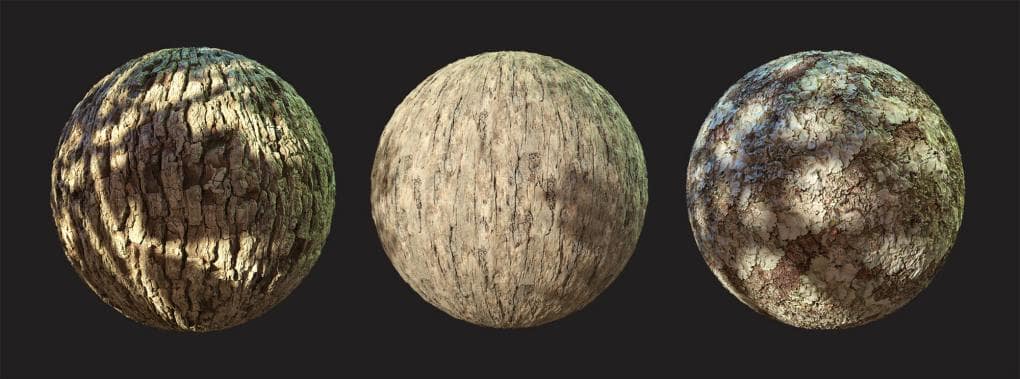 2. Took a free photogrammetry scan of a sparrow from Sketchfab.
2. Took a free photogrammetry scan of a sparrow from Sketchfab.
3. Polished the model/textures and sculpted the cap/scarf.
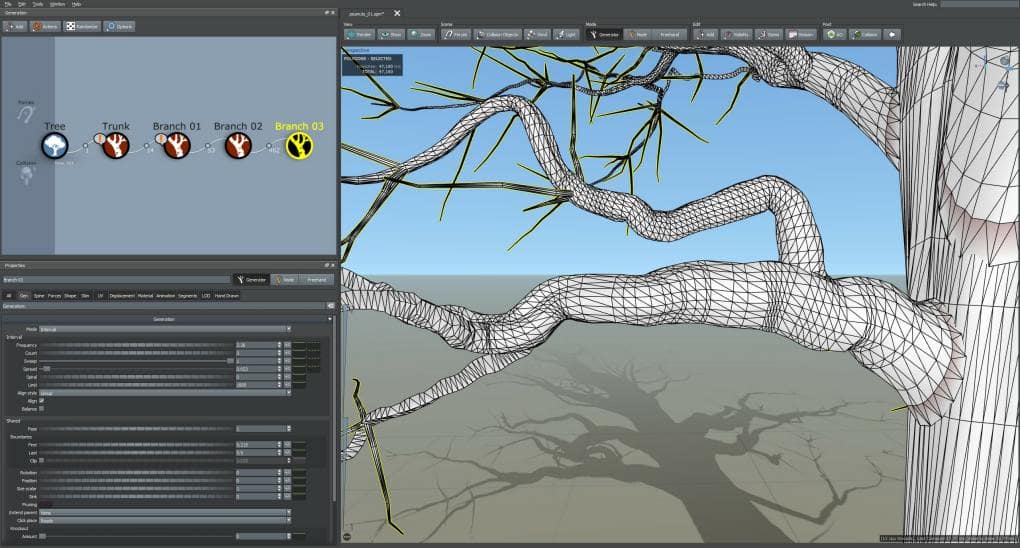 4. After looking at a couple of samples, I was able to generate a very simple tree with a trunk and three levels of branches, tweaking them separately until I got the shape/distribution/resolution that I needed.
4. After looking at a couple of samples, I was able to generate a very simple tree with a trunk and three levels of branches, tweaking them separately until I got the shape/distribution/resolution that I needed.

5. Did layout, lighting and rendering in Maverick Render.
KH: How has SpeedTree contributed to your workflow?
ND: I’ve never done any specific foliage creation so this was my exciting first try, and I guess I’ve just peeked through the door of possibilities. SpeedTree was a complete unknown when I started it up for this project, and I wanted to see if I could manage without any tutorials. It was a bit of a challenge due to the sheer complexity of the tool, but I was up and running in no time. My experience in tools like Substance Designer and Houdini drove me immediately to the graph (generation) view and it was easy for me to understand what was going on, how the information was flowing, and how I can modify it.
KH: What do you like best about, “Woodstock”?
ND: My absolute favorite thing about this project is the fact it pushed me to go from a simple material showcase to a character driven piece, but still maintained its original purpose. It also fulfilled my desire for a larger catharsis – I do a lot of quick experiments and most of my work ends up in some WIP folder, so being able to finish something a bit more complex and doing it fast was a big win for me.

